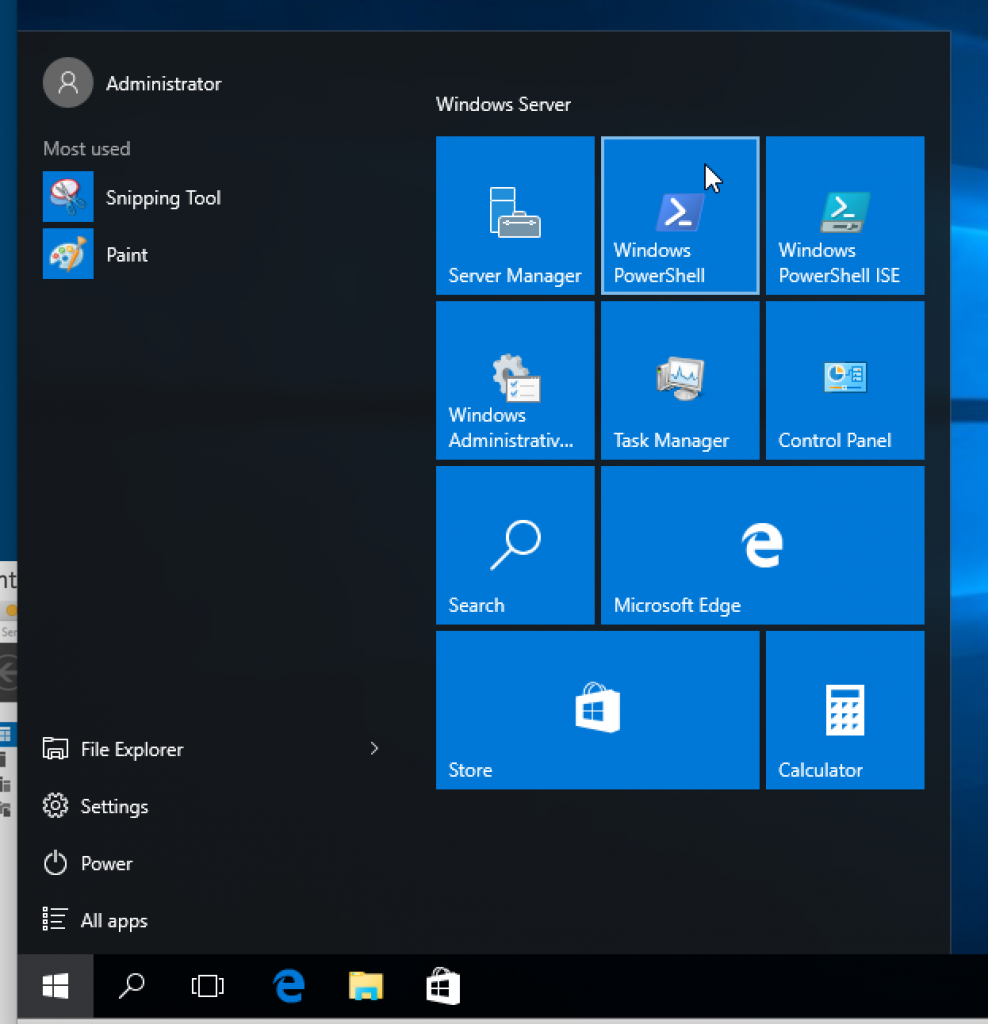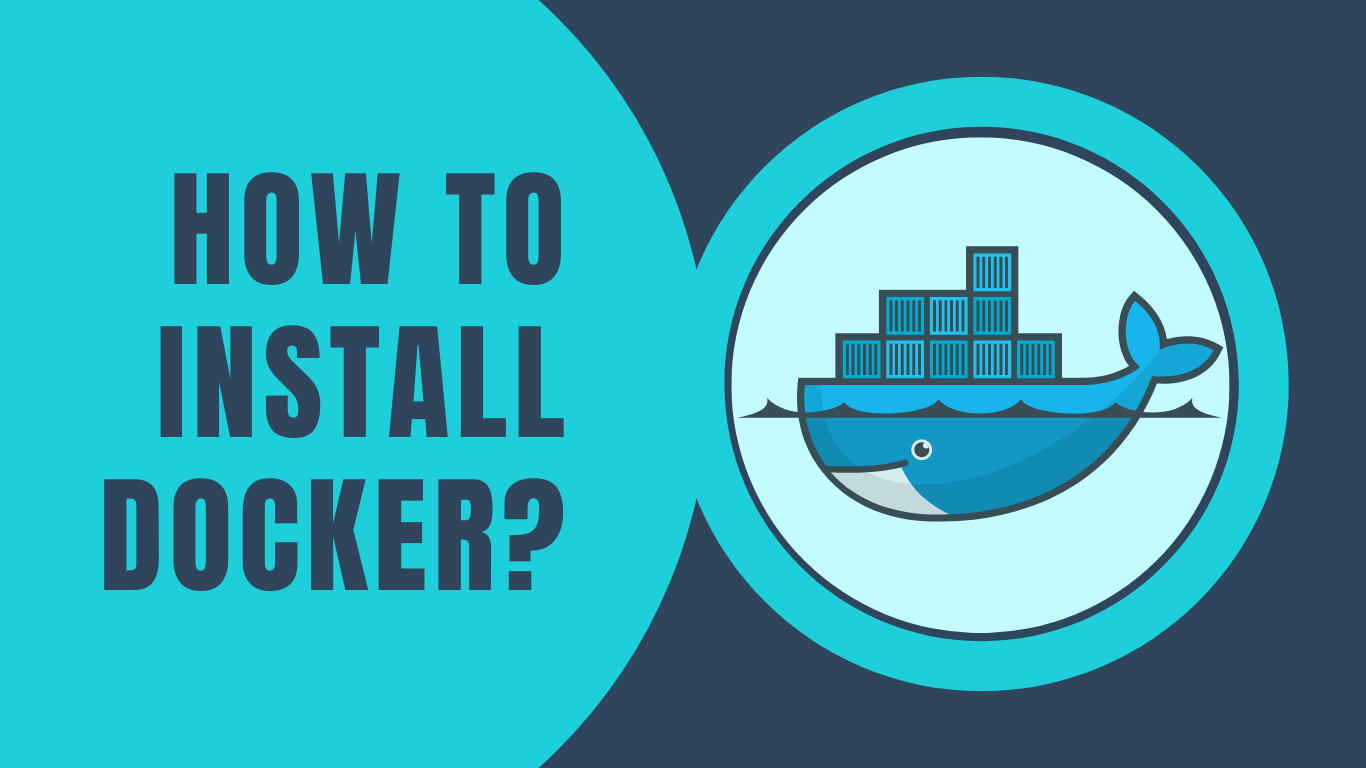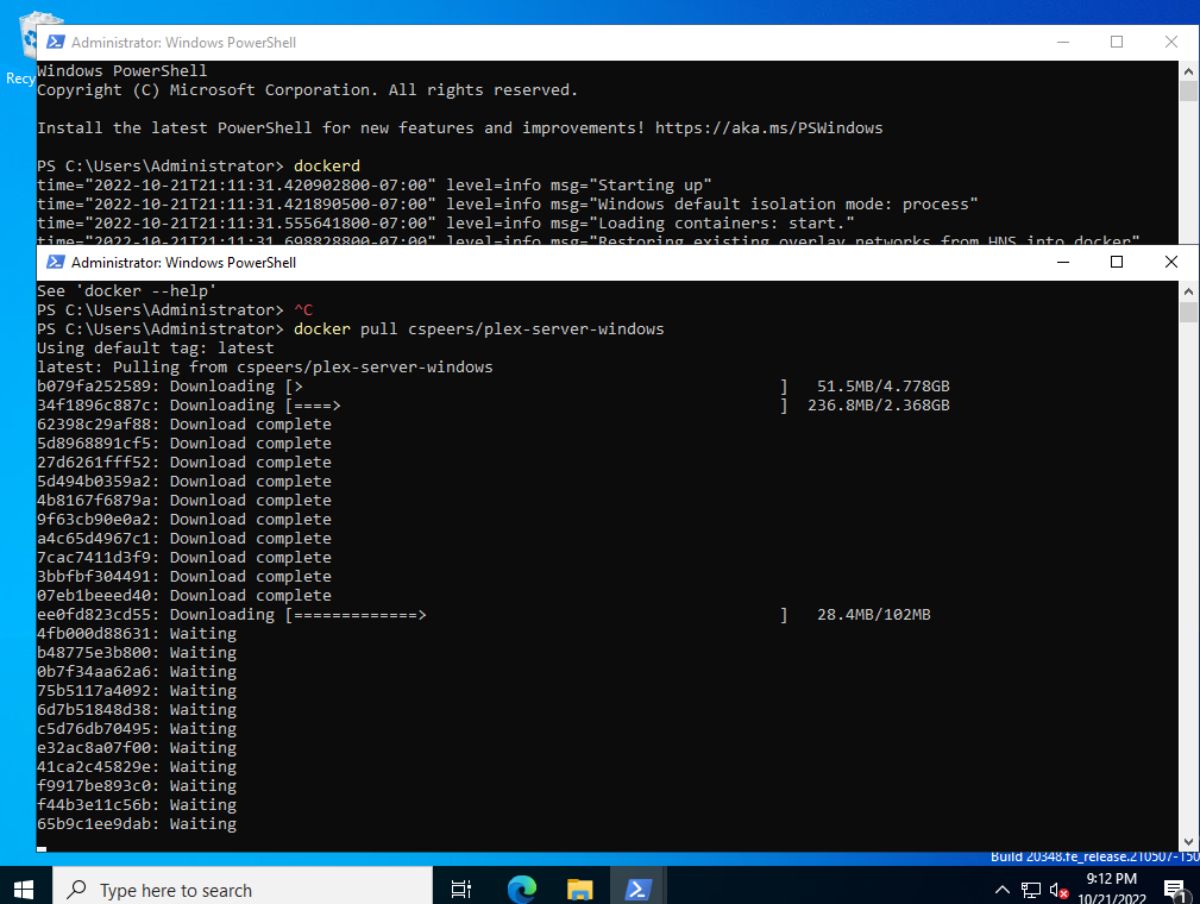Docker On Windows Server: A Comprehensive Guide
Docker on Home windows Server: A Complete Information
Associated Articles: Docker on Home windows Server: A Complete Information
Introduction
On this auspicious event, we’re delighted to delve into the intriguing matter associated to Docker on Home windows Server: A Complete Information. Let’s weave attention-grabbing info and supply contemporary views to the readers.
Desk of Content material
Docker on Home windows Server: A Complete Information

The panorama of software program growth and deployment has been revolutionized by containerization applied sciences, with Docker rising as a dominant drive. Docker permits builders to bundle functions with their dependencies into self-contained items, often known as containers, which may run constantly throughout totally different environments. This method provides vital benefits when it comes to portability, scalability, and effectivity, making it a helpful instrument for organizations in search of to streamline their growth workflows and improve utility supply.
This text offers a complete information to putting in and using Docker on Home windows Server, a strong platform for internet hosting and managing containerized functions. It’ll delve into the intricacies of Docker on Home windows Server, protecting set up procedures, important instructions, and greatest practices, offering an in depth understanding of this know-how’s capabilities.
Understanding Docker and its Significance
Docker operates by leveraging a light-weight virtualization know-how referred to as containerization. Containers isolate functions and their dependencies inside a digital atmosphere, making certain constant conduct throughout totally different working methods and {hardware} configurations. This isolation prevents conflicts between functions and ensures predictable efficiency.
Key Advantages of Docker:
- Portability: Docker containers can run seamlessly throughout numerous environments, from growth workstations to manufacturing servers, eliminating the necessity for advanced configuration changes.
- Scalability: Docker’s containerized structure permits for simple scaling of functions by including or eradicating containers as wanted, making certain optimum useful resource utilization.
- Effectivity: Containers reduce useful resource consumption in comparison with conventional digital machines, enabling environment friendly utilization of {hardware} assets.
- Speedy Deployment: Docker simplifies the deployment course of by packaging functions and their dependencies into containers, enabling fast and constant deployments.
- Collaboration: Docker facilitates collaboration amongst builders by offering a standardized atmosphere for constructing and sharing functions.
Putting in Docker on Home windows Server
Docker may be put in on Home windows Server by way of the Docker Desktop utility, a user-friendly graphical interface for managing Docker environments. The set up course of is easy and includes the next steps:
- Obtain Docker Desktop: Go to the official Docker web site and obtain the suitable model of Docker Desktop for Home windows Server.
- Set up Docker Desktop: Run the downloaded installer and comply with the on-screen directions to finish the set up.
- Configure Docker Settings: As soon as put in, entry the Docker Desktop settings to customise choices reminiscent of reminiscence allocation, community configuration, and storage areas.
Understanding Docker Ideas
Earlier than diving into Docker instructions, it is essential to grasp elementary Docker ideas:
- Docker Pictures: A picture is a read-only template containing the applying code, libraries, and dependencies required to run a container.
- Docker Containers: A container is a operating occasion of a Docker picture, representing a dwell, remoted atmosphere the place the applying runs.
- Docker Hub: A public registry internet hosting an unlimited assortment of Docker photos, permitting customers to obtain and make the most of pre-built photos.
Important Docker Instructions
As soon as Docker is put in, you’ll be able to work together with it utilizing the Docker command-line interface (CLI). Listed here are some important Docker instructions:
-
docker model: Shows the Docker consumer and server variations. -
docker search [image name]: Searches for Docker photos on Docker Hub. -
docker pull [image name]: Downloads a Docker picture from Docker Hub. -
docker run [image name]: Creates and begins a container from a selected picture. -
docker ps: Lists all operating containers. -
docker cease [container ID]: Stops a operating container. -
docker restart [container ID]: Restarts a stopped container. -
docker rm [container ID]: Removes a container. -
docker photos: Lists all downloaded Docker photos. -
docker construct -t [image name]:[tag] .: Builds a Docker picture from a Dockerfile.
Utilizing Docker Compose for Multi-Container Purposes
For functions involving a number of interconnected containers, Docker Compose offers a handy methodology for managing their deployment and orchestration. Docker Compose makes use of a YAML file (docker-compose.yml) to outline the companies, networks, and volumes required for the applying.
Constructing a Docker Picture
To construct a customized Docker picture, it is advisable create a Dockerfile, a textual content file containing directions for constructing the picture. The Dockerfile defines the bottom picture, set up steps, and utility dependencies.
Deploying Docker Containers
As soon as a picture is constructed, you’ll be able to deploy it as a container utilizing the docker run command. You’ll be able to specify choices reminiscent of port mapping, atmosphere variables, and information volumes to customise the container’s conduct.
Managing Docker Networks
Docker offers a versatile networking mannequin that enables containers to speak with one another and with exterior networks. You’ll be able to create customized networks to isolate container visitors and management community entry.
Using Docker Volumes
Docker volumes allow persistent information storage for containers. Knowledge saved in volumes persists even after the container is eliminated, making certain information integrity and permitting for information sharing between containers.
Monitoring Docker Containers
Docker offers instruments for monitoring container efficiency and useful resource utilization. These instruments mean you can observe CPU utilization, reminiscence consumption, and community exercise, enabling you to establish and handle potential efficiency bottlenecks.
Safety Issues for Docker
Safety is paramount when working with containerized functions. Implementing applicable safety measures is essential to guard your functions and information.
- Picture Scanning: Use Docker picture scanning instruments to establish vulnerabilities in downloaded photos.
- Container Safety: Configure container safety settings to limit entry to delicate assets and stop unauthorized modifications.
- Community Safety: Implement community safety measures reminiscent of firewalls and intrusion detection methods to guard containerized functions from exterior threats.
FAQs about Docker on Home windows Server
Q: What’s the distinction between Docker and Digital Machines (VMs)?
A: Docker containers are light-weight and share the host working system kernel, whereas VMs are heavier and run their very own working system, resulting in higher useful resource consumption.
Q: What’s the position of Docker Hub in Docker deployments?
A: Docker Hub is a public registry that hosts an unlimited assortment of pre-built Docker photos, enabling customers to obtain and make the most of ready-made photos for his or her functions.
Q: How can I safe Docker containers on Home windows Server?
A: Implement picture scanning, container safety settings, and community safety measures to guard Docker containers from vulnerabilities and threats.
Q: What are the advantages of utilizing Docker Compose for multi-container functions?
A: Docker Compose simplifies the administration of multi-container functions by defining the companies, networks, and volumes in a single YAML file, making it simpler to deploy and orchestrate advanced functions.
Ideas for Profitable Docker Implementation
- Begin Small: Start with easy containerized functions to realize familiarity with Docker ideas and greatest practices.
- Automate Deployment: Make the most of Docker Compose or different orchestration instruments to automate the deployment course of for consistency and effectivity.
- Monitor Container Efficiency: Use Docker monitoring instruments to trace container efficiency and establish potential points.
- Implement Safety Measures: Implement applicable safety measures to guard Docker containers and information from vulnerabilities and threats.
Conclusion
Docker has revolutionized the software program growth and deployment panorama by enabling builders to bundle functions into transportable and scalable containers. Home windows Server, with its sturdy options and integration with Docker, offers a superb platform for internet hosting and managing containerized functions. By understanding Docker ideas, using important instructions, and implementing greatest practices, organizations can leverage the facility of containerization to streamline their growth workflows, improve utility supply, and optimize useful resource utilization. As containerization continues to realize traction, Docker on Home windows Server will play a pivotal position in shaping the way forward for software program growth and deployment.



![How to Install Docker on Windows? [A Complete Guide for Beginners]](https://cdn.hackr.io/uploads/posts/large/1642479204BOLe4QkfMb.png)



Closure
Thus, we hope this text has supplied helpful insights into Docker on Home windows Server: A Complete Information. We respect your consideration to our article. See you in our subsequent article!
